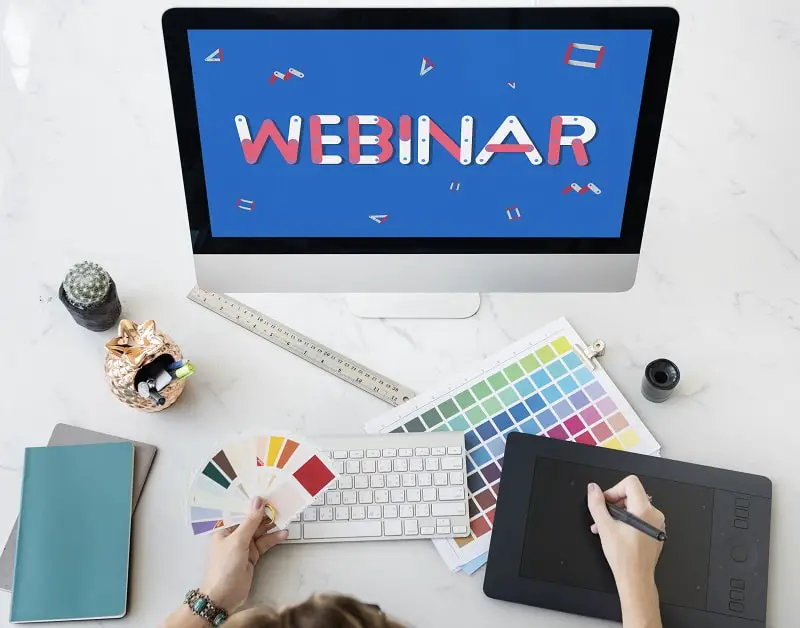If you have never had contact with the world of web ranking, at this point you will be wondering what SEO is and why everyone is talking about it. Well, today we tell you everything you need to know about the subject and we also give you 10 SEO tips to make your website visible. These tips are designed according to our work methodology and those of leading companies in the SEO world such as Click Consult. In them you will find key points so that your site appears in the searches made by users on Google.
What is SEO and why is it important to implement it on a website?
SEO is the acronym of Search Engine Optimization. The concept was coined 20 years ago with the birth of Google, the most popular and known search engine in the world. In the beginning, Google delivered related results according to a word that the user entered in the search engine. Nowadays the algorithm is so big and complex that you do not know for sure how it works. What we do know is that it is no longer based only on keywords and that the information it provides to the user is evaluated according to the relevance, quality and content of the site.
SEO is nothing more than the techniques we use to make our site rank first in the search engines. Thus, when a user requires the information we are providing, he will find us more easily. That is why it is important to implement it on a company’s website. If we want to exist on the internet, SEO is fundamental to our marketing strategy. To make your website easier to find on Google, here are the 11 most important tips, regardless of whether your site is currently online or whether you decide to create it from scratch.
1. Set up Google Search Console
Google Search Console is a free tool from Google that lets us know how our SEO is implemented. In this tool we can find, among other information, useful things like the following:
- In what position are the pages of our site.
- How many times has it been searched by users in the search results.
- How many times they have clicked on a result that leads to our page.
- How our users are finding us.
- Indexing errors of our pages.
- What links are directing from other sites to ours.
2. Create original, interesting and relevant content for the user
Content is the most important factor for the positioning of a website, basically because it is the information that the user is searching for on the internet. The best way to have good content is to create it according to the needs of your customers. Pages with little content that are not relevant for those who look for them are more likely to be misplaced in the results. Remember that including images, infographics and other support material helps users understand the content you publish. This will make them come back and recommend you to other possible users.
3. Structure the content
The way in which the content is constructed is indispensable in the qualification that search engines give us to grant us a position in the searches. It is recommended that the entire content be at least 450 words long. There is no maximum limit for the amount of information.
Headlines tags: the content must be correctly identified with the heading tags. The h1 is used for the main title of the article; h2 for secondary titles, and so on according to their hierarchy.
It is advisable to include our keywords in the main title of the content. We must also make sure that it is the only one inside our page with an h1 tag.
Paragraphs: the paragraphs must be correctly identified with the <p> tag, which are short and easy to read for the user.
Lists: the use of lists is recommended when listing details about a topic.
Images: the images, in addition to giving visual support to the content, also work to make it less monotonous. It is recommended to include at least one image within the content without forgetting to include the Alt tag that identifies it.
4. Include keywords
The keywords are those words related to a content that the user will use to find us. However, users never put a single word in the search engine because the results would be infinite. This is where the concept of long tail keyword was born. The long tail keyword is a small phrase constructed with the keywords that our article contains. If you talk about “layoffs”, that would be our keyword, but our long tail keyword would be “how to withdraw my layoffs”. The words of long tail specify the content of our article, delimit it thematically.
If we want to position ourselves in the first searches of Google, we must optimize our content with the best keywords and for that we use a technique based on the knowledge of the users of our site. For this we must ask how our client seeks the content we want to deliver. When thinking about keywords or long tail keywords, we can rely on free tools for our SEO strategy. With them we can identify how a user is arriving or how they can reach our site. Simply enter the related keywords and explore the variations that best suit what we are offering.
5. Internal and external links
The internal links are those that we put on our site to direct the user through different content. If our pages lead to a particular content, Google will understand that this page is of greater value to the user. A very effective strategy is to place links within the content to direct them to other pages of our site that expand the information. We must remember that the objective is that users are not forced to consult a page different from ours to resolve their doubts.
The external ones are the links that come from a website different from ours. Linking us from different sites means that the content we publish has a higher credibility than the contents of other pages and gives us a better rating in the eyes of the search engines. The Link Building technique consists of searching for quality sites to include links to our site, either by negotiation with magazines, newspapers, influencer blogs, among others, or by creating accounts on social networks or platforms. Not all links are good. We must monitor that the pages that link us have a good reputation and, where possible, can carry a large flow of visitors interested in the information on our site.
6. Disseminate your content on social networks
Social networks are a tool for generating communities, that’s where the people who are possibly interested in the contents we publish come together. It is the responsibility of the person who manages the social networks to turn these people into potential customers for our brand. Publishing articles, products, services or information on social networks helps increase visits to our site.
7. Do not forget the metatags
Meta tags are pieces of code that are not visible to the user. However, they are the starting point for the classification of the content of our site in the search engines. They are inside the <head> </ head> tag of the html code.
Meta-title: is the title of the page. It is recommended that it contain the keyword that identifies our content and that it has a maximum length of 60 characters.
Meta-description: is the description of what the user will find in the content of the page. Its goal is to guide the user to click. Google currently allows an approximate maximum of 300 characters.
Attributes Alt: is an html tag that belongs to the images. Its objective is to describe the image and, in case it does not load, tell the user what image is there.
8. Index your site and clean your URLs
Indexability means that our site is accessible to users through the search engines. For this we must define a good information architecture. It is essential to ensure that the content is well distributed so that both search engines and users can access and navigate easily to what they need.
- We must make sure that URLs are friendly, short and easy to read.
- We must use hyphen (-) instead of a underscore (_).
- We must avoid the use of special characters and, above all, avoid the URLs generated by the CMS.
- It is advisable to include keywords within the URL.
9. robots.txt file and sitemap.xml
Both files are built to help the search engine index our content and must be located in the initial folder of the server (root). These files are indispensable for the SEO of our site.
robots.txt: allows you to restrict the access of search engines to system folders and information that we are not interested in making public.
Sitemap.xml: is a site map that includes all the URLs that we want Google to index, we can even assign them priority and the frequency in which we change the contents.
10. Set up Google Analytics
Google Analytics is one of the most important tools to monitor the interactions and behaviors that users have on our website. Through Google Analytics we can find information such as:
- Number of visits that our website gets.
- Time of permanence of a user.
- How many people visit our site regularly.
- Which countries are they visiting us from?
- Which devices (cell phones, tablets or PC) visit our site more.
- How many users are there in real time?
- Percentage of people who enter our site and leave without reading anything.
As we see, SEO is not something we can leave to chance. It is necessary to bear that in mind, if our business can not be seen on the Internet, it does not exist. #SEOYOURBLOG










